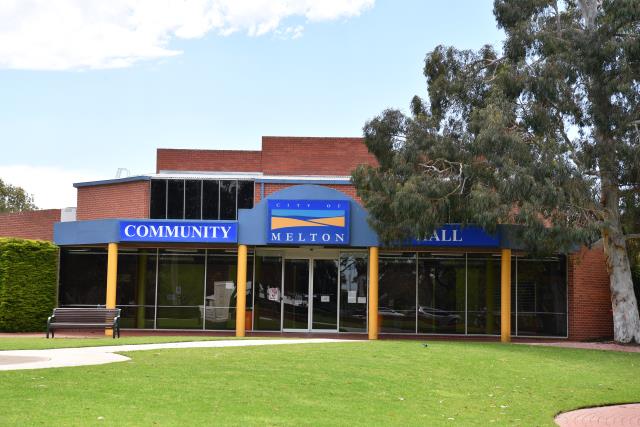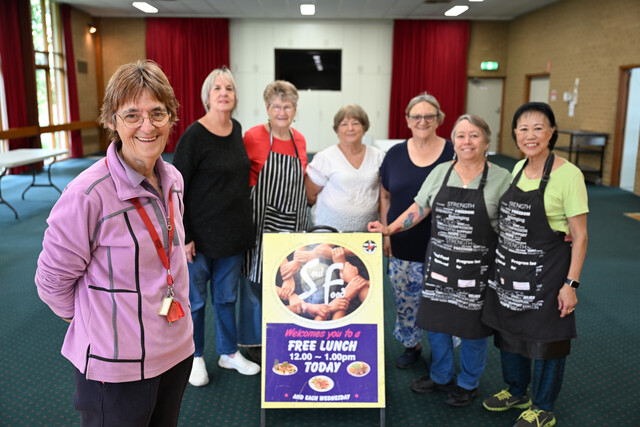Crime hotspots across Victoria will get a $5.8 million injection to support community-led crime prevention projects.
Police Minister Wade Noonan last week announced a $5.8 million top-up to the Department of Justice’s community crime prevention program.
The program supports communities, such as Melton, by funding graffiti prevention, community safety initiatives and public safety infrastructure.
Melton MP Don Nardella welcomed the program, saying that it was far better to limit the impacts of crime on the community through preventive rather than punitive measures.
“The investment will help councils and community groups access vital funds to drive local initiatives aimed at improving safety and reducing crime,” Mr Nardella said.
The community crime prevention program was due to lapse last month but is being funded while a review is under way.
The review will focus on getting prevention programs to hotspots and assessing how communities can work together to help prevent crime.
The $5.8 million funding will be directed into existing funding streams, including the Community Safety Fund, which offers grants of up to $10,000 for councils and community crime prevention in public spaces and the Public Safety Infrastructure Fund, which offers larger grants of up to $250,000 to use urban design and technology, such as CCTV and lighting, to improve safety.
Other funding streams will be used for graffiti prevention and removal, and there will be place-based grants for crime hotspots.
“We need to tackle the root causes of crime, including family violence, ice, disengagement and economic hardship – and that includes providing a good education, a flourishing TAFE system and the right housing,” Mr Noonan said.
Melton council’s community planning manager Matthew Wilson said it was positive to see a commitment to crime prevention rather than just law enforcement.
“Community safety is a key priority for council,” Mr Wilson said.
“Each grant could provide benefit, and council officers will review the guidelines and criteria for each program and consider the local evidence and need,” he said.






